Extension Water Impacts
Quick Guide to Extension Impacts: Water
Year of Water

As Utah State University celebrates its 2015 Year of Water, USU Extension water outreach efforts continue to meet the needs of citizens in every corner of the state. Home to internationally recognized experts on water issues, USU is solving water challenges ranging from agricultural water management to ecosystem services to urban water use efficiency and conservation. Further, as the western United States continues to suffer through unprecedented drought conditions, USU's state-of-the-art research and programming efforts are being recognized for their effectiveness and success in meeting the needs of very diverse groups of water users and stake holders. An uncertain water future requires a thorough understanding of this precious resource, and USU Extension continues to meet the challenge by leading the way toward a sustainable water future.
- Kelly Kopp USU Extension Water Conservation and Turfgrass Specialist
New USU Extension Water Website
Utah is the second driest state in the nation based on average annual precipitation,
yet among the top per capita  users of water. To assist Utah residents in managing this important resource, USU Extension launched a website to link users to Extension water programs. USU Extension specialists are among the nation’s leading experts on many water-related issues, and the website serves as a one-stop resource for information.
users of water. To assist Utah residents in managing this important resource, USU Extension launched a website to link users to Extension water programs. USU Extension specialists are among the nation’s leading experts on many water-related issues, and the website serves as a one-stop resource for information.
Extension.usu.edu/water includes information about water quality, the Center for Water-Efficient Landscaping, Irrigation, WaterMAPS™ (Management Analysis and Planning Software) the Utah Climate Center and information on the 2015 USU Year of Water. Further information on water management and conservation is included in a video, USU Extension Water Impacts, included on the website.
Utah Water Watch
The Utah Water Watch (UWW) program was created to promote stewardship over Utah’s aquatic resources by monitoring the condition of water quality so Utahns can enjoy the benefits of healthy drinking water, irrigation water and water used for recreation.
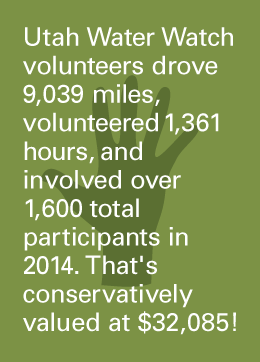
UWW is a water quality STEM education and data collection program managed by USU Water Quality Extension in partnership with the Utah Division of Water Quality. For more than 12 years, students and volunteers have monitored water quality through successful programs such as Utah Lake Watch, Utah Stream Team and Stream Side Science. Utah Water Watch built on this, and in 2012 started as the official statewide volunteer monitoring program that allows the public to be active stewards in protecting Utah’s water.
Volunteers range in age from 9 to 85. There are many teachers involved who also involve their students, providing hands-on science where students can see the results from their work.
Since 2012, more than 450 people have been trained and over1,500 monitoring reports submitted. Because of participating in UWW, volunteers report increased knowledge about water and improved attitudes toward science.
2014 Volunteer of the Year
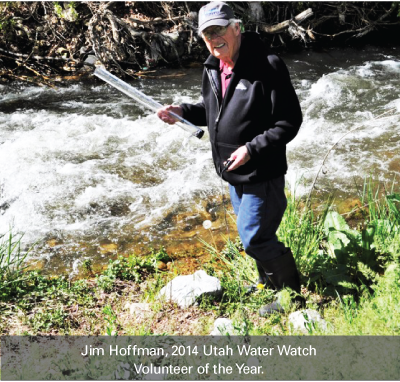
Jim Hoffman lives in Springville, Utah, and joined UWW because he wanted to know more about his local stream, Hobble Creek, which flows from the mountains through Springville. He was interested in how the stream changed as it went through town, so he monitored upstream and downstream of Springville to measure the urban impacts on water quality.
Between the two sites separated by 7 miles, his data showed higher amounts of E. coli at the downstream location. This indicates that bacteria from waste is entering the downstream section. With this information, scientists can begin further studies to locate the sources and identify possible solutions.
Utah's Unique Water Opportunity
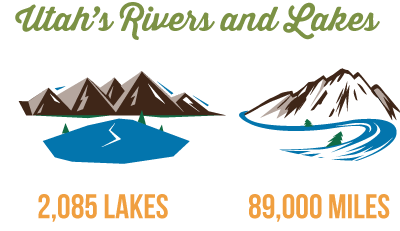
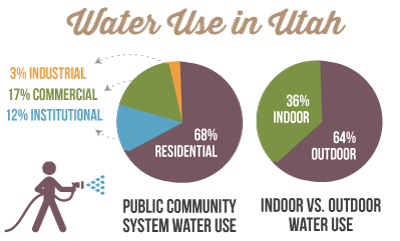
Utah State University Extension has programs in place throughout the state that connect with individuals, businesses, community groups, governments and water districts. USU is an important asset in the state’s efforts to support growth, economic development and quality of life that rely, in part, on finite water resources.
Center For Water-Efficient Landscaping
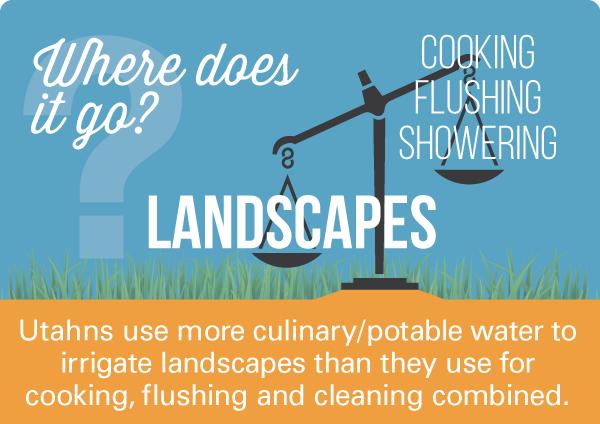
USU’s Center for Water-Efficient Landscaping (CWEL) is unique in its capacity to bring together water experts across disciplines to do research and outreach focused on conserving water used on home and commercial landscapes.
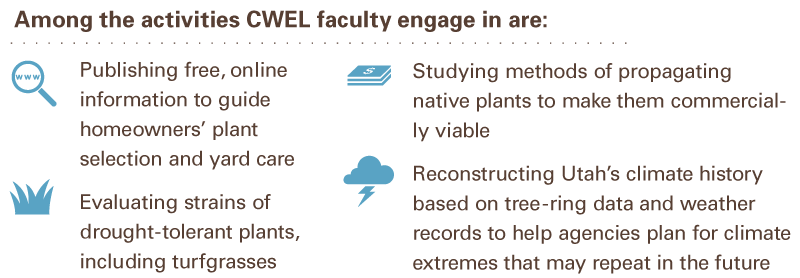
Water Check Program
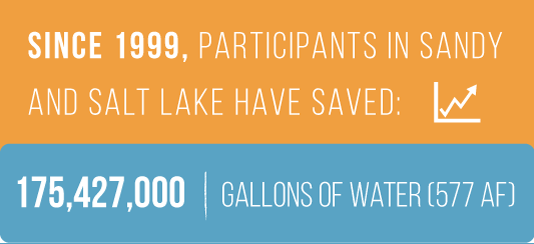
The Water Check program works with counties and municipalities to deploy USU Extension interns to evaluate sprinkler systems and educate homeowners and groundskeepers to improve efficiency and conserve water. Approximately 550 water checks were performed in Utah last year.
Stream Side Science and Stem Education
USU Water Quality Extension programs provide water education training and resources to over 250 teachers each year, reaching approximately 14,000 students with important STEM education yearly. The programs help teach the links between water quality, land uses and everyday activities.

QWEL Program Helps Utahns Reduce Landscape Water Use
 In 2010, USU Extension partnered with several Utah organizations to bring the QWEL program to Utah. The program was adapted to Utah’s climate by USU professionals, with training provided by USU.
In 2010, USU Extension partnered with several Utah organizations to bring the QWEL program to Utah. The program was adapted to Utah’s climate by USU professionals, with training provided by USU.

QWEL provides approximately 20 hours of education that is focused on water-efficient principles including irrigation system and landscape design with proper plant selection for the climate. Landscape professionals then use their training to help Utahns reduce landscape water demand by becoming more water efficient in landscape design, maintenance and operation.
USU WaterMAPS™
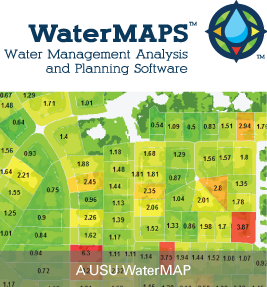
Water Management Analysis and Planning Software (WaterMAPS™) was developed at USU. It allows water suppliers to tailor conservation education to homeowners who are not irrigating landscapes efficiently. The software combines satellite images, water use data, plat maps and weather data to determine optimum amounts of irrigation and whether areas are being overwatered.
USU WaterMAPS™ uses a three-part system to:
Utah's Agriculture Weather Network
30 automated weather stations provide realtime weather data to public users. They are managed and maintained by the Utah Climate Center, with support from USU Extension and the Utah Agricultural Experiment Station.

Utah Climate Center
Utah’s AgWeather Network (AgWxNet) is a collection of 30 automated weather stations, providing realtime weather data to a variety of public users, such as the agriculture community, the Utah Division of Water Resources, the legal community, and the insurance industry. Tailored for those users particularly interested in water management, the network sensors provide realtime estimates of water usage to aid municipalities, farmers, ranchers, and others.
AgWxNet’s stations are sited in irrigated and dryland agricultural, turfgrass, fruit, and native riparian vegetated areas. Stations measure solar radiation, wind, relative humidity, air and soil temperature, precipitation, and soil moisture.
AgWxNet is managed and maintained by the Utah Climate Center, with support from Utah State University Extension and the Utah Agricultural Experiment Station.
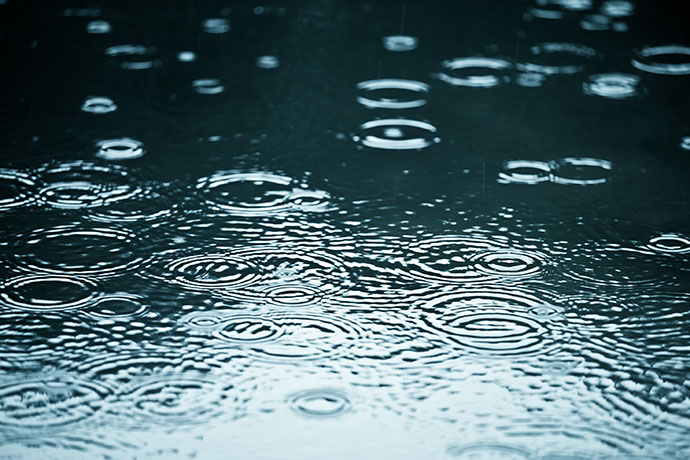

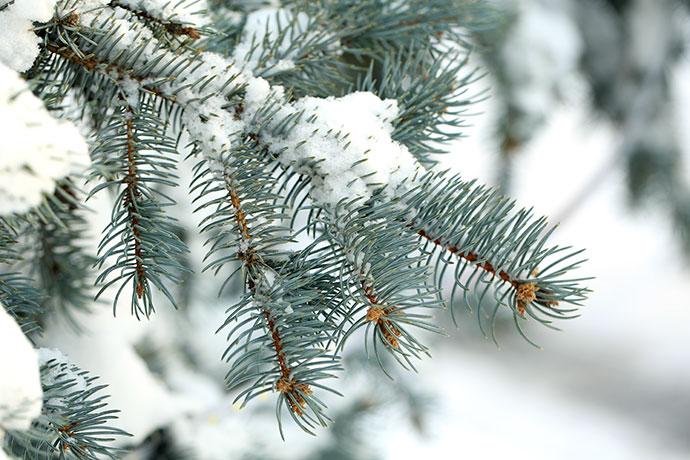
Helping Utahns steward our precious water is a top priority of USU’s Extension efforts across the state. Two numbers are fundamental to this effort — how much water comes in and how much water goes out. Together these form a critical piece of the water management puzzle. As a result, USU Extension has partnered with the Utah Climate Center for access to the most accurate and up-to-date environmental measurements.
The Utah Climate Center maintains a network of approximately 120 environmental monitoring stations. These include 47 stations dedicated to soil moisture monitoring, 22 stations dedicated to fruit orchard conditions, 16 stations dedicated to long-term climate monitoring, and 33 stations dedicated to a variety of other research activities. The Utah Climate Center also manages a group of citizen scientists who provide daily precipitation reports from their homes across the state.
These efforts don’t stop with how much water we’ve had in the past, or have today; Extension's partnership with the Utah Climate Center is expanding to include longer-term projections that will aid our clientele in preparing for the water landscape ahead. This includes efforts to better understand the global climate cycles that give rise to our highly variable Utah climate, as well as the underlying climate trends in which these cycles are embedded. A warming atmosphere means changing weather patterns, more wintertime precipitation falling as rain instead of snow, and an evolution of the climate cycles themselves.


 Utah 4-H & Youth
Utah 4-H & Youth